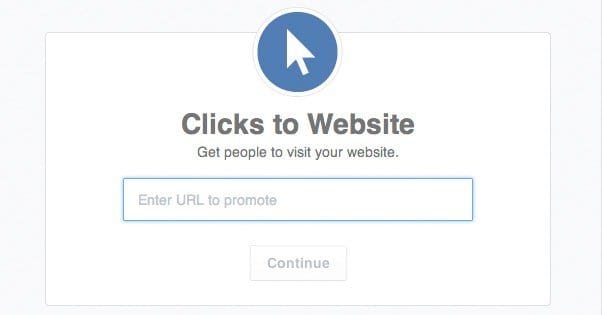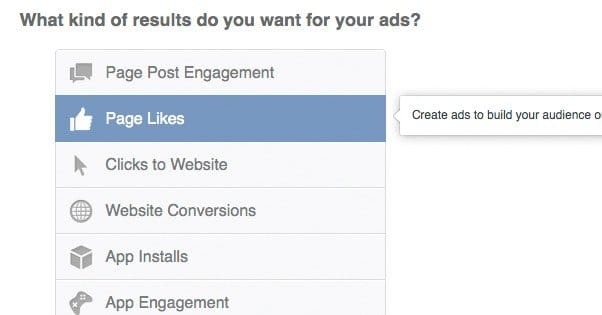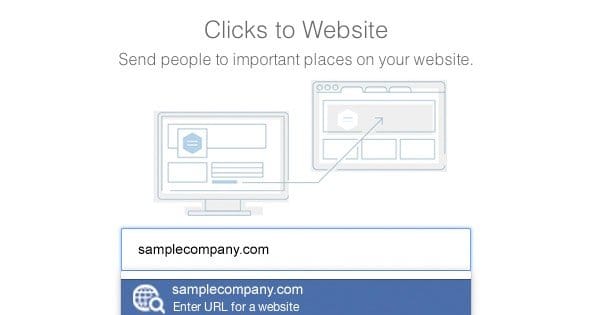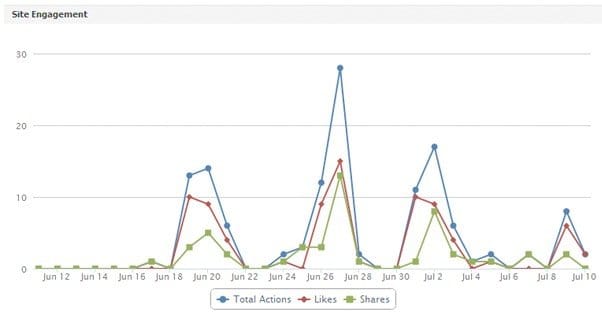 Written by ContentPowered.com
Written by ContentPowered.com
There’s a common misconception with Facebook ads, and it revolves around the word clicks. Insights has a lot of numbers to track that involve clicks, from click-through rate to ad clicks to website clicks. The problem comes when numbers that logically should be the same, are not. There’s a dramatic difference between Ad Clicks and Website Clicks, and you need to know it to realize what’s going on.
What are Ad Clicks?
Ad Clicks are what Facebook typically measures as just “clicks” in their Insights. It’s a measurement of all clicks that ad receives. Which means it should be 1:1 clicks to people visiting your website, right? Wrong.
See, Ad Clicks include any click that interacts with the ad, which isn’t just clicking the link to visit your site. If the user clicks to expand the description via a read more button, that counts as a click. If you’re running a news feed ad and a user likes the post, that’s a click. If they share the post, that’s a click. Any interaction counts as a click, so any like, any share, any comment, any click that expands a description or views comment replies, they all count as clicks.
One user can actually produce a dozen or so clicks on a single ad, all without ever visiting your page. When you consider that posting a comment counts as a click, the number is technically unlimited. Therefore, if you’re measuring the success of an ad based on ad clicks, you’re overestimating how effective the ad really is.
What are Website Clicks?
By contrast, website clicks are a different metric entirely. For one thing, they require that you’re using the Website Clicks objective for your ads. Any other objective will show statistics for that objective rather than – or in some cases, supplemental to – website clicks.
A website click is, clearly enough, any click a user makes that takes them to the landing page for the ad. A user can click on your news feed ad, expand the description, leave a comment, like the post and click your link. That’s five Ad Clicks but only one Website Click.
As an added benefit, Facebook tracks ad-specific information for website clicks. Basically, it will give you a direct reading of the cost per website click, which is a far more valuable metric than cost per ad click.
Setting Up Click Reports
If you want to see your clicks, including both types of clicks side by side, it’s not a very complex process. It’s just something you have to set up on your own, rather than finding buried in a default Insights menu.
First, you have to make sure the ads you’re comparing use a website clicks objective. If the ad doesn’t track website clicks as part of the objective, you won’t be able to see that metric in this form.
Second, you need to be using the Facebook Ad Reports feature. This is a system Facebook provides that allows you to create special reports using the statistics Insights tracks. Think of it like Google Analytics custom reports. Bear in mind that if you used these a few years ago and didn’t like them, they’ve changed significantly. They’re a heck of a lot better than they used to be.
- Create a new filter. In this filter, you will want to specify the name of the campaign you’re tracking. If you have several similarly-named campaigns and want to track them all, you can do so, or you can specify just the one campaign.
- Click to edit columns in your new report. In this case, the two boxes you’re looking for are a little hidden. The first is under Clicks and is the Clicks button. The second is under Actions and is the Website Clicks button.
- Optionally, you can add in other fields. For example, you can add in actions like Page Likes, Post Likes, Comments, and Shares. These will give you a bit of insight into where the clicks that aren’t Website Clicks are going.
- Save and run your report. You’ll see a nice columned layout with all the clicks you want to track.
The Issue with Clicks
The problem many people have is in thinking that Clicks are the same as Website Clicks. That means you use Clicks in calculations that should be using the lower Website Clicks number. For example, to calculate your cost per click, you would take your spent budget and divide it by the number of clicks you received. Because clicks are the higher number, it will look like you had a lower cost per click than you really did.
Now, to bring things back to the original question. Which is better?
From a reporting standpoint, website clicks are much better. You need to use accurate numbers in your reporting; otherwise, you’re going to end up with a skewed picture of how your ads are performing. You’ll also wonder why there’s a discrepancy between the number of clicks Facebook is saying went to your site, and the number of people your Google Analytics says came to your site from Facebook.
What about from the standpoint of value? I would argue that they’re both roughly the same, but only if you understand what they are and what they mean. You want more website clicks, obviously, because more website clicks means more people visiting your landing page and thus having the chance to convert.
On the other hand, you also want more ad clicks. This is because ad clicks are actions that are users engaging with your ads. Likes, shares, comments, even just expanding a description to read it is valuable. It shows that there are interested users out there reading your ads. Engagement is a good thing. You just need to recognize that the “clicks” metric in Facebook Insights isn’t necessarily just people clicking your link.



If you re only targeting users based on their clicking behavior, this means those users are clicking on the CTA (call to action), but not necessarily landing on the page they’re clicking out to.